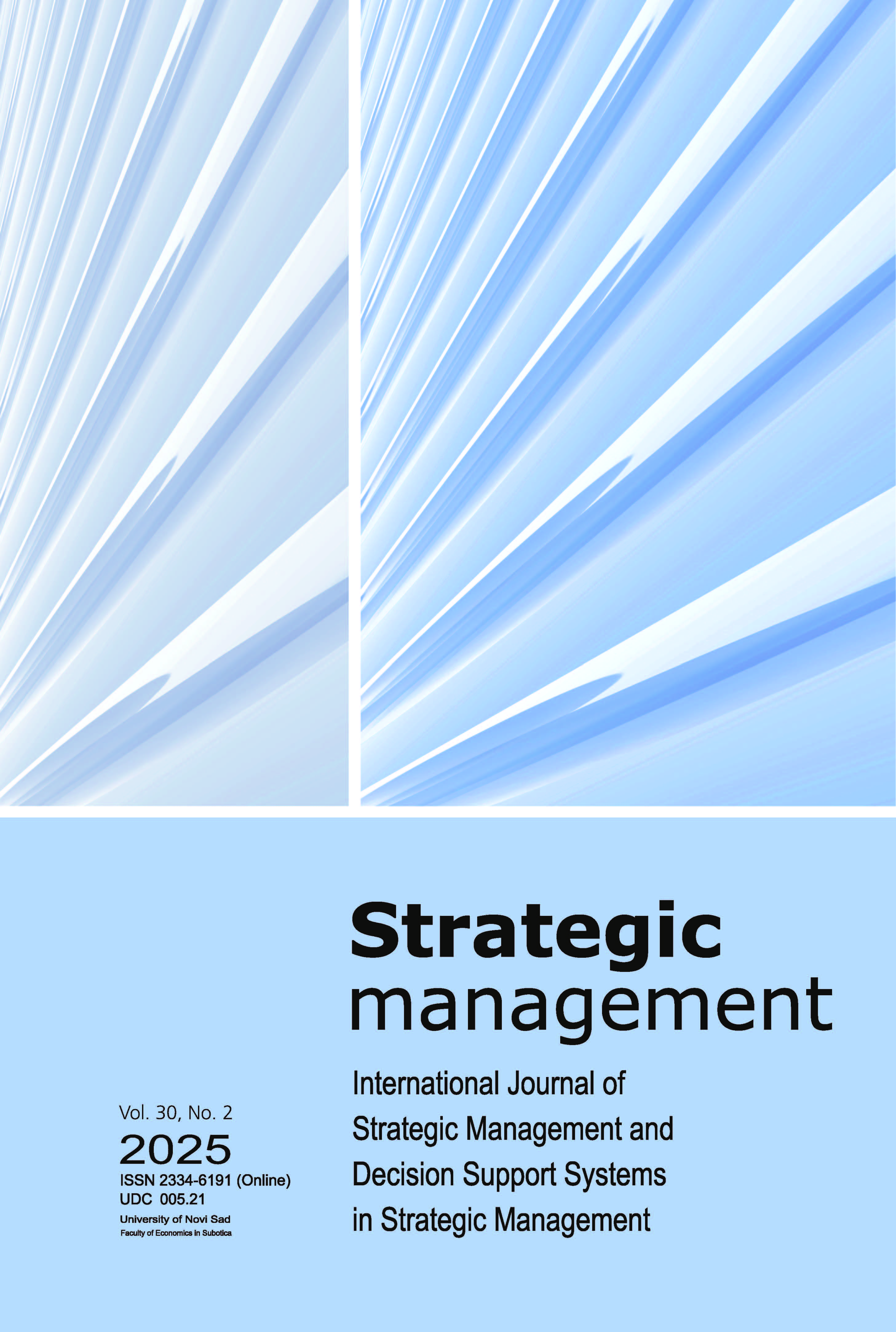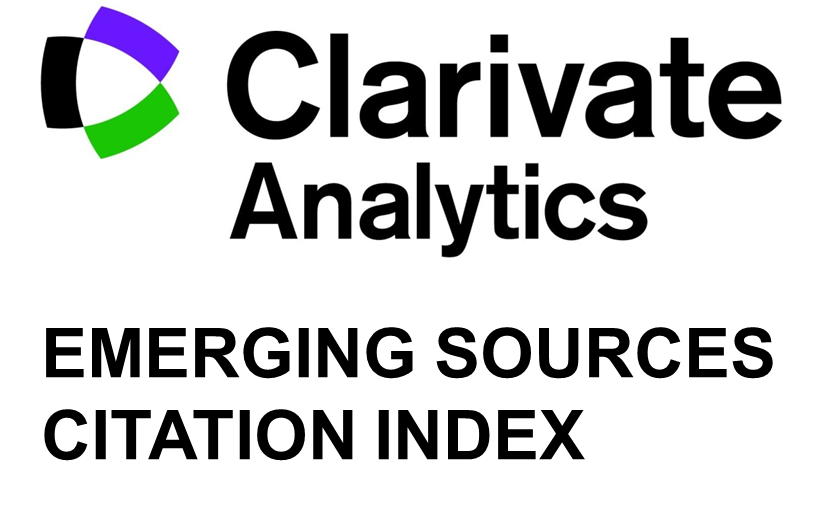Managerial conflict of interests effects on duopoly market structure
DOI:
https://doi.org/10.5937/StraMan2400020VKeywords:
Principal-agent problem, conflict of interest, Cournot duopoly, non-integer number of players, monopolyAbstract
Background: Principal-agent problem has been discussed intensively in the recent decade, but this specific case has not yet been analyzed in this manner; one of two companies in Cournot duopoly employs a manager who has a partial ownership of the second company, but without executive power in that company. This kind of conflict of interest changes the market game since the overlapping makes it difficult to determine how many actual players there are on the market, which is crucial to understanding what is about to happen with prices and quantities.
Purpose: This paper will determine which agent’s share in the other company becomes a problem for the principal of the first company and how a change in the share affects market price, both companies’ quantities and profits, and finally how a duopoly grows closer to a monopoly since the number of players is no longer integer.
Study design/methodology/approach: The manager of the first company is paid in that company’s share in profit. As a partial owner of the other company, this manager also receives ownership revenue. Thus the manager (agent) tries to maximize his own revenue which consists of the share in both companies. The agent’s actions in the first company are aimed to maximize his own profit instead of the principal’s profit.
Findings/conclusions: The higher the agent’s share in the competitive company, the greater the agent’s reward has to be in terms of the share in the profit of the first company. Additionally, it also increases the prices, decreases the quantities, turning duopoly into a non-integer oligopoly, the closer to monopoly the higher the agent’s share is in the competitive company.
Limitations/future research: The assumed Cournot game should also be transformed into a game where players do not act simultaneously. Therefore, a Stackelberg oligopoly analysis could bring a novel view of this specific interaction.
Downloads
Published
Issue
Section
License
Copyright (c) 2025 Ilko Vrankić, Tomislav Herceg, Iva Vuksanović Herceg

This work is licensed under a Creative Commons Attribution 4.0 International License.














